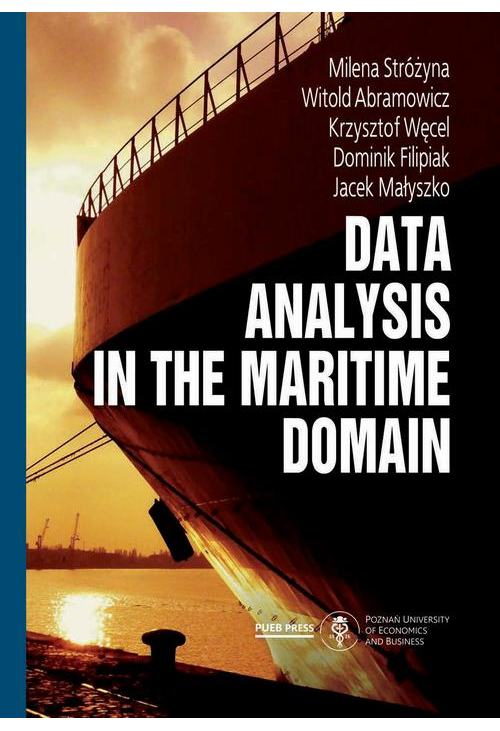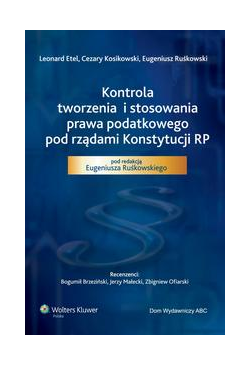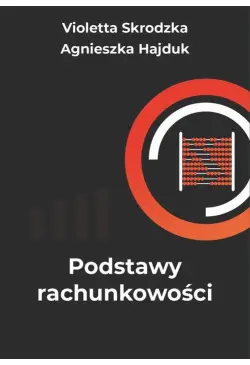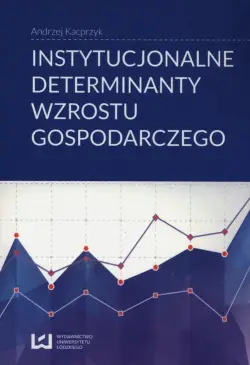
- Za darmo
ebook Data analysis in the maritime domain
Odkryj najnowsze spojrzenie na analizę danych morskich w innowacyjnym ebooku "Data analysis in the maritime domain", napisanym przez wybitnych autorów: Milenę Stróżynę, Witolda Abramowicza, Krzysztofa Węcelskiego, Dominika Filipiaka i Jacka Małyszko. Książka ta, wydana w 2022 roku przez Uniwersytet Ekonomiczny w Poznaniu, jest skarbnicą wiedzy dla badaczy i specjalistów z branży morskiej.
Dlaczego warto przeczytać ten ebook? "Data analysis in the maritime domain" dostarcza solidnych podstaw, najnowszej wiedzy, nowych podejść i metod do wykrywania anomalii, analizy ruchu morskiego oraz oceny ryzyka i niezawodności. Książka porusza istotne problemy badawcze na pograniczu transportu morskiego w globalnej gospodarce, oceny ryzyka i niezawodności oraz systemów informatycznych i przetwarzania danych.
Co znajdziesz w środku? Ebook oferuje teoretyczny przegląd dostępnych źródeł danych morskich oraz podejść do analizy tych danych, a także zestaw nowoczesnych narzędzi i metod do pozyskiwania, fuzji i analizy danych morskich. Proponowane metody zostały przetestowane na rzeczywistych danych AIS, obejmujących cały świat oraz ponad 200 tysięcy statków, co pokazuje ich przydatność w wykrywaniu anomalii i ocenie ryzyka.
Dla kogo jest ten ebook? Głównymi odbiorcami są badacze z dziedziny informatyki i transportu morskiego, a także dostawcy usług logistycznych, firmy żeglugowe i przedsiębiorstwa portowe, które potrzebują wsparcia w zarządzaniu bezpieczeństwem, ryzykiem oraz niezawodnością usług transportu morskiego w globalnej gospodarce poprzez wykorzystanie dużych zbiorów danych.
Gdzie kupić ten ebook? Ebook "Data analysis in the maritime domain" jest dostępny w sklepie z ebookami, gdzie możesz go pobrać w formacie PDF jako wydanie elektroniczne lub publikację cyfrową. Jeśli szukasz najlepszych ebooków do czytania, to ta książka jest idealnym wyborem dla Ciebie!
Szczegóły ebooka Data analysis in the maritime domain
- Wydawca:
- Uniwersytet Ekonomiczny w Poznaniu
- Rok wydania:
- 2022
- Typ publikacji:
- Ebook
- Język:
- angielski
Recenzje ebooka Data analysis in the maritime domain
-
Reviews (0)

Na jakich urządzeniach mogę czytać ebooki?
- Za darmo















@CUSTOMER_NAME@
@COMMENT_TITLE@
@COMMENT_COMMENT@